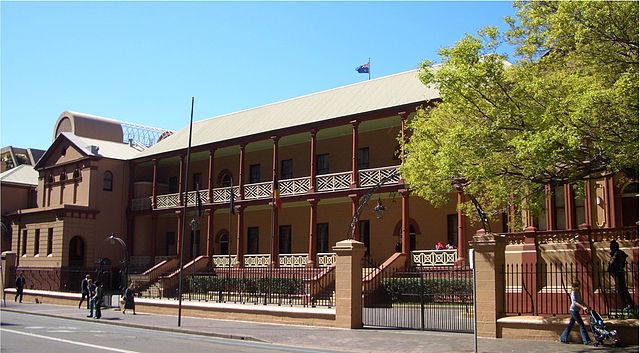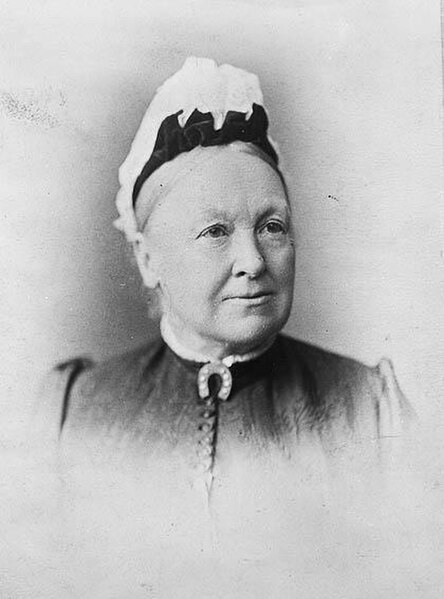Human rights in Australia
Human rights in Australia have largely been developed by the democratically elected Australian Parliament through laws in specific contexts and safeguarded by such institutions as the independent judiciary and the High Court, which implement common law, the Australian Constitution, and various other laws of Australia and its states and territories. Australia also has an independent statutory human rights body, the Australian Human Rights Commission, which investigates and conciliates complaints, and more generally promotes human rights through education, discussion and reporting.
The New South Wales Parliament is Australia's oldest parliament. First elections were held in 1843.
South Australian suffragette Catherine Helen Spence (1825–1910).
The Aboriginal Tent Embassy set up in Canberra by activist agitating for the rights of Indigenous Australians.
Statue of Aboriginal rights campaigner Sir Doug Nicholls, Parliament Gardens, Fitzroy, Victoria
Australian immigration detention facilities
Australian immigration detention facilities comprise a number of different facilities throughout Australia, including the Australian territory of Christmas Island. Such facilities also exist in Papua New Guinea and Nauru, namely the Nauru Regional Processing Centre and the Manus Regional Processing Centre.
Barriers surrounding the Yongah Hill Immigration Detention Centre in Burlong, Western Australia.
The Wickham Point Immigration Detention Centre in Darwin
Northern IDC, Darwin, 2010
Manus Island regional processing facility (Image by DIAC)








